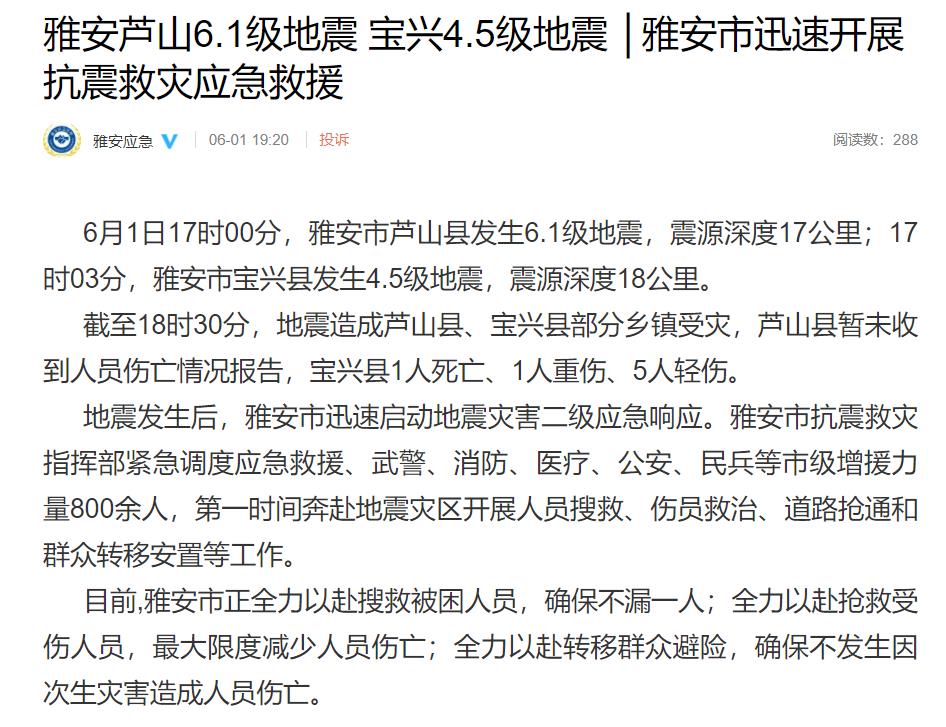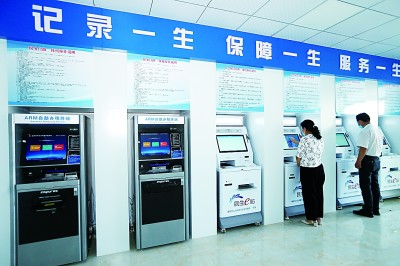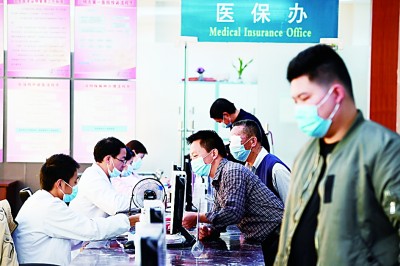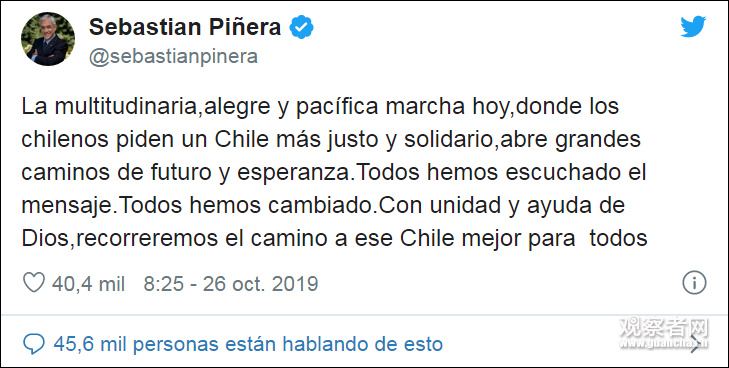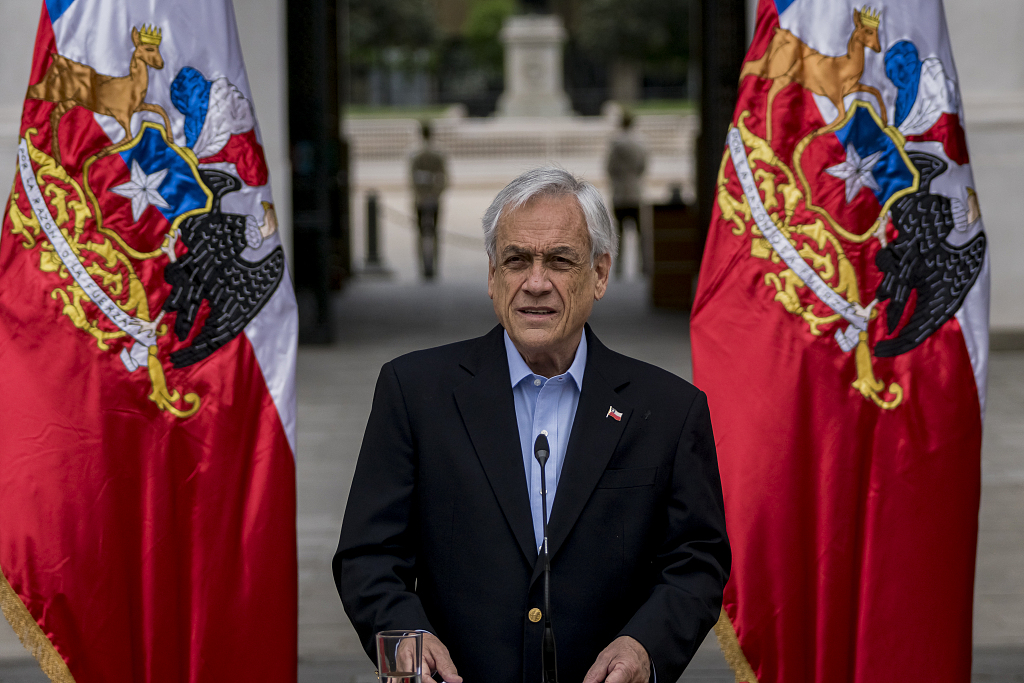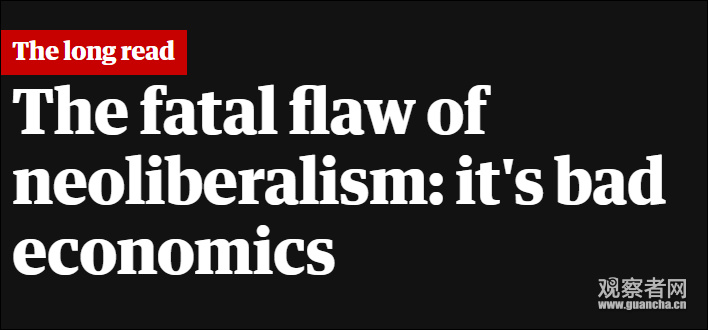First, preface: 229 yuan! Give consideration to design and performance
In recent years, the popularity of the Internet is really staggering. Not only wireless network, but also the development of home fixed network is almost by leaps and bounds.
When I was in middle school, I still used dial-up Internet access at home. At that time, it took me an hour and a half to download Crossing the Fire Line with less than 1GB. Look at today, even the average family, the broadband speed is above 100M, and it can be satisfied to have 300M or 500M m.
At the same time, the speed-up and fee-reduction of fixed-line network has promoted the development of router industry. Nowadays, almost all mobile phone manufacturers are involved in the router industry, among which Xiaomi router is the largest and the earliest one.
When I was in college a few years ago, I used a certain route of Xiaomi in my dormitory. However, although Xiaomi mobile phone was very hot at that time, the attention of router accessories was not very high because the Mijia ecological chain had not yet appeared.
Today, the author took a look at an online mall. Xiaomi has sold more than 1 million routers, and the sales of other routers are also hundreds of thousands.
With such a large volume and so many years of technical accumulation, Xiaomi is no longer constrained by the traditional router development model, and some recent routing products basically bring some creativity and new ideas in function or appearance.

For example, Xiaomi Routing Mesh released at the beginning of this year can realize 3-channel hybrid networking of 2.4G WiFi, 5G WiFi and power line. Another example is Xiaomi Router HD, which is designed with all-metal body and equipped with 1TB HD streaming media hard disk.
Of course, due to the positioning of these two products, the price is not acceptable to all consumers (1299 yuan /999 yuan). Perhaps it is in view of this situation that the product we want to evaluate today — — Xiaomi router AC2100.
It is worth noting that its price is only 229 yuan, so what will happen to Xiaomi router AC2100? Let’s start today’s evaluation.

Second, appearance: minimalist cylindrical design, ventilation and super heat dissipation.

↑ ↑ ↑ Xiaomi routing AC2100 packaging box

↑ ↑ ↑ The specific information of the router is printed on the box.

↑ ↑ ↑ Xiaomi routing AC2100 fuselage front, using a minimalist design.

If you look closely, you can see that there are two indicator lights at the lower slot, namely the network status light and the system indicator light.
The black cylindrical shape gives people a heavy feeling, but it feels completely different in the hand. The whole plastic material makes its actual weight only 620 grams. Because there is a gap inside the router, the shell of the router will hear the empty echo when it is knocked.


↑ ↑ ↑On the back of the router, from top to bottom, there are four network cable sockets, power interface and reset key respectively.

There is only a minimalist Xiaomi Logo on the top of the router, and there is a circle of cooling holes on the periphery.

The cooling holes at the bottom echo with the top to form a chimney-type heat dissipation, and the heat dissipation efficiency will be higher by going straight up and down. In addition, the gray circle at the center is non-slip rubber.

↑ ↑ ↑ Fuselage details

Xiaomi routing AC2100 also comes with a gigabit network cable, which is very conscience.

↑ ↑ ↑ The standard power adapter of the router has an output of 12V/1A.
Third, signal strength: 200㎡ super-large space full coverage.
Xiaomi router AC2100 does not display the two signal bands of 2.4GHz and 5GHz by default like most routers now, but displays them separately. (as shown below)

After the router network is set up, it will provide two frequency bands, 2.4GHz and 5GHz, and mobile phones can be connected separately.
The advantage of this is that the two do not interfere with each other. When connected to 2.4GHz, the wall penetration performance is better and the coverage is farther; When connecting the 5GHz band, under the 802.11ac technology, the interference will be smaller and the speed will be higher, which is suitable for watching high-definition videos and playing large games.
If you are used to the combined display of 2.4GHz and 5GHz, the dual-frequency terminal can automatically select the optimal frequency band, and this function can be turned on in the Wed management background.
— — Signal strength test
In daily use of wireless routers, we pay most attention to the signal strength, which directly determines the user’s experience.
We usually use Wi-Fi at home. Under normal circumstances, the signal strength is 60dBm to 80dBm, which can meet the daily use of surfing the Internet and browsing video music. It can be stable above 60dBm, and there are few jams when playing games.
When large files need to be transferred, the requirements are slightly higher, and the dBm value should be above 40.
We tested the signal strength of Xiaomi routing AC2100 this time, which imitated the daily home environment. The wireless router was placed next to the TV in the living room, and three rooms with different distances were selected as test locations.
Here, the author chooses a house of about 100 square meters and a Xiaomi MIX3 as the Wi-Fi signal testing equipment.
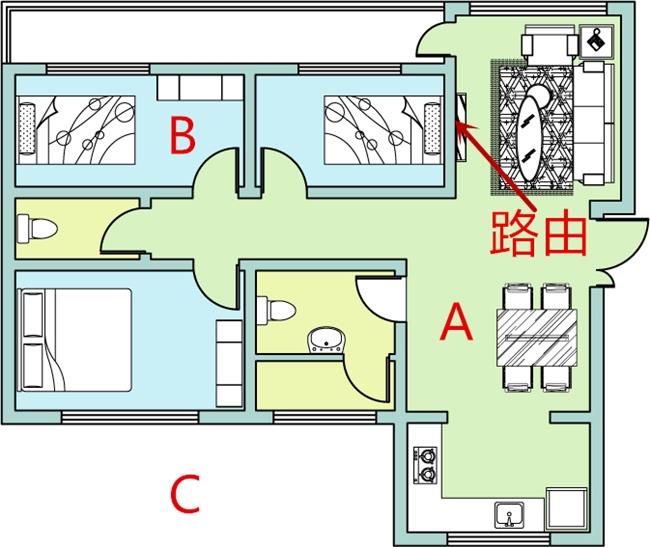
↑ ↑ ↑ Schematic diagram of house type, with points A, B and C as test positions.
Let’s look at the test results:

The above picture shows the signal strength measured by Xiaomi MIX3 at positions A, B and C respectively.
The average signal strength of test point A is -23dBm, and the WiFi connection rate is stable.
The average signal strength at point B is -48dBm, and the signal is weakened by one grid.
The average signal strength at point C is -68dBm, and there is one grid of WiFi signal.
Judging from the test data of the above three points, the test range of 100㎡ in the author’s home is obviously not enough. After all, Xiaomi AC2100 mainly focuses on the large apartment of 200㎡!
After that, the author chose the further elevator D. At this time, the mobile phone began to choose to connect to the 2.4GHz band. Under the 2.4GHz network, the average signal strength measured here is acceptable, which is -70dBm, but the average delay is over 300ms, so it is absolutely impossible to play games at this distance.
— — Transmission rate test
For a router, in addition to signal strength and coverage, transmission rate is also an important link that has to be considered.
In order to have a deeper understanding of the transmission rate of Xiaomi routing AC2100, the author still tests under the same test link and conditions.
The test software is "Speedtest", which is a professional APP for testing the signal transmission speed on mobile phones. It can detect and calculate the download speed and upload speed.

From the test results of our 300M Unicom broadband, the actual download speed reached 332Mbps and the upload speed reached 33.4Mbps without partition, and the best performance of my home routing was basically the same.
At point C, which separates the two walls, its download speed can still be maintained at 169Mbps.
Judging from the actual test results, Xiaomi routing AC2100′ s wall penetration ability and network effect are satisfactory. According to the official data, Xiaomi Routing AC2100 can connect up to 128 devices, so in addition to family use, small and micro enterprises with more members can fully meet the demand.
V. Power consumption test: the peak value does not exceed 5W, and the power consumption lasts for ten days!
Although the power consumption of routers can’t be compared with that of household appliances, we hardly choose to turn it off in daily life, and the accumulated power consumption can’t be underestimated.

We tested the Xiaomi routing AC2100 with a power consumption tester. When four mobile phones are connected, the power consumption of Xiaomi routing AC2100 is about 4.7W.
According to the full-load power conversion of 4.7W, it takes 213 hours, or about 9 days, for Xiaomi to consume one degree of electricity through AC2100. That is to say, under the condition of full load for 24 hours, 1 degree of electricity can be used for nearly 10 days.
Sixth, summary: 100 yuan to 1,000 yuan high school low price full coverage.
All students who have used Xiaomi routing know that one of the advantages of Xiaomi routing is the linkage with Xiaomi smart home devices.
We have also said that many people, even if they are not Xiaomi mobile phone users, must have used the products of Mijia Eco-chain more or less. Just like the author, unconsciously, there are not only Mijia electric toothbrush at home, but also Mijia weighing scale, smart desk lamp, and so on.
Usually, mobile phones are often used to manipulate these devices. In the past few days, when using Xiaomi to route AC2100, the author also found a very useful small function, that is, when modifying the WiFi password through Xiaomi WIFI APP, the router will automatically synchronize to Xiaomi smart home devices at home. Although this function sounds simple, it is absolutely necessary for students who have multiple Xiaomi smart devices at home.
Xiaomi routing AC2100 also has some practical functions, such as Netease UU accelerator, anti-rubbing network, red envelope Wi-Fi, etc. We have seen most of them before, so I won’t repeat them here.

— — finally
When evaluating millet products, especially non-mobile phone products, we can’t avoid the price.
The price of Xiaomi router AC2100 is 229 yuan, and its positioning is closer to that of Xiaomi router Pro(449 yuan), both of which are advanced routers with high cost performance, taking into account avant-garde design and good performance.
The significance of the sale of Xiaomi router AC2100 is that Xiaomi router has completed the full coverage of high, medium and low prices from less than 100 yuan to more than 1,000 yuan.
If you want to choose an entry-level router, 59 yuan Xiaomi router 4C and 99 yuan Xiaomi router 4A can be selected.
If you have a big room at home, you can choose 999 yuan Xiaomi router Mesh or 1299 yuan Xiaomi router HD, with exquisite shell and super performance. Friends who have special needs for network storage will definitely like it.
